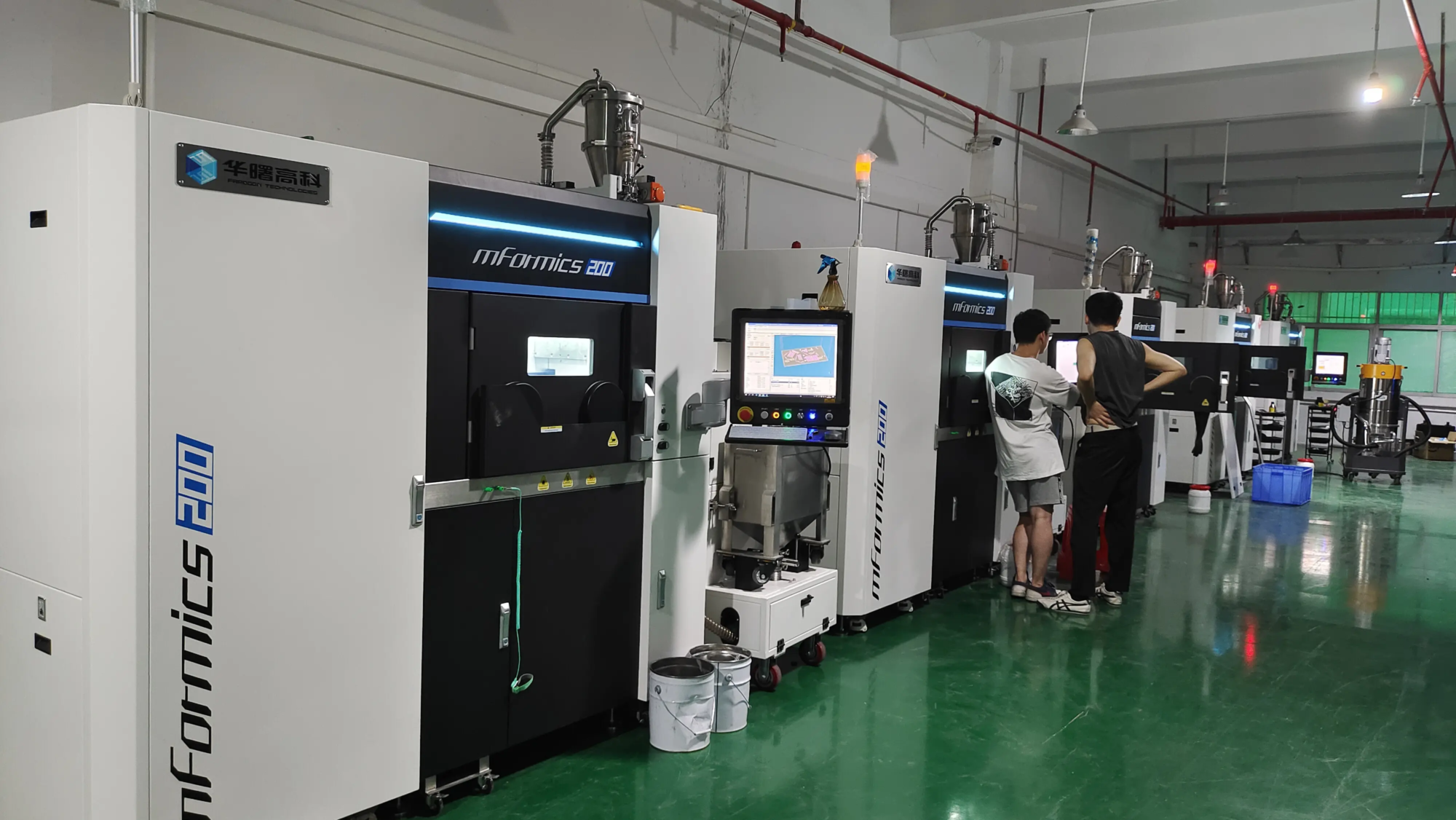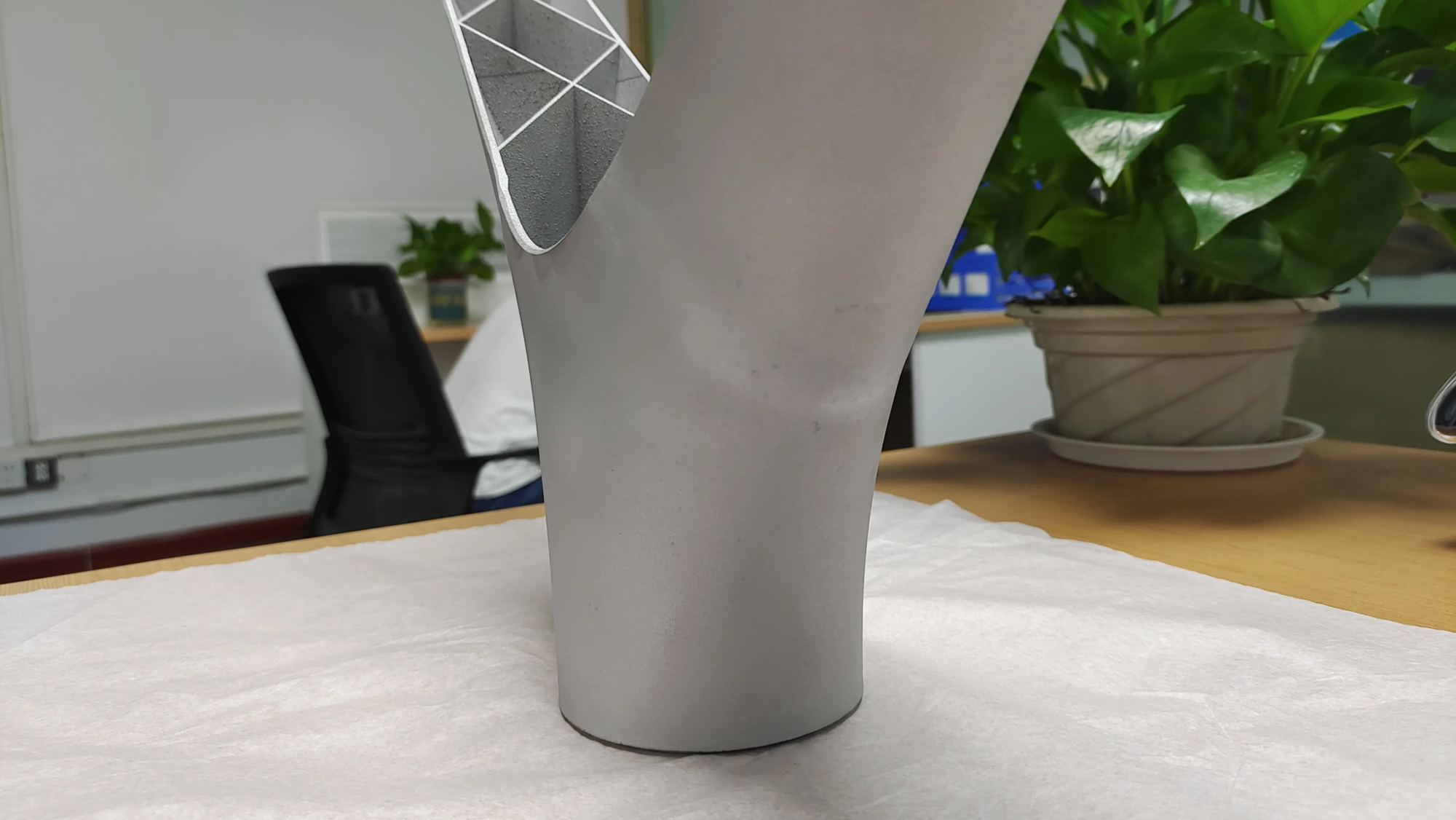On January 14, 2025, the Resource Library learned that a research team from ETH Zurich had successfully developed an innovative technology that uses 3D printing to manufacture wall and ceiling elements to regulate humidity in interior spaces.
Made from recycled mineral waste and produced using 3D printing technology, these components can regulate humidity without the need for traditional energy-intensive ventilation systems and are particularly suitable for high-traffic public spaces such as offices , museums and libraries.
The key to this technology is the use of a moisture-absorbing material consisting primarily of finely ground marble waste and a geopolymer binder. Geopolymers are made from the reaction of kaolin and alkaline solutions. They have similar strength to cement, but the carbon dioxide released during the production process is much lower than that of traditional cement. These humidity conditioning elements are manufactured using binder jet printing technology, using a potassium silicate solution to solidify each powder layer.
Research shows that this material not only effectively absorbs moisture, but also releases it when air humidity changes, helping to stabilize indoor humidity and reduce loss of comfort.
Currently, these 3D printed components measure 20 x 20 cm and 4 cm thick and their performance has been tested through simulation experiments. Test results show that these components can significantly stabilize humidity changes and reduce discomfort caused by humidity fluctuations in high-traffic indoor environments.





